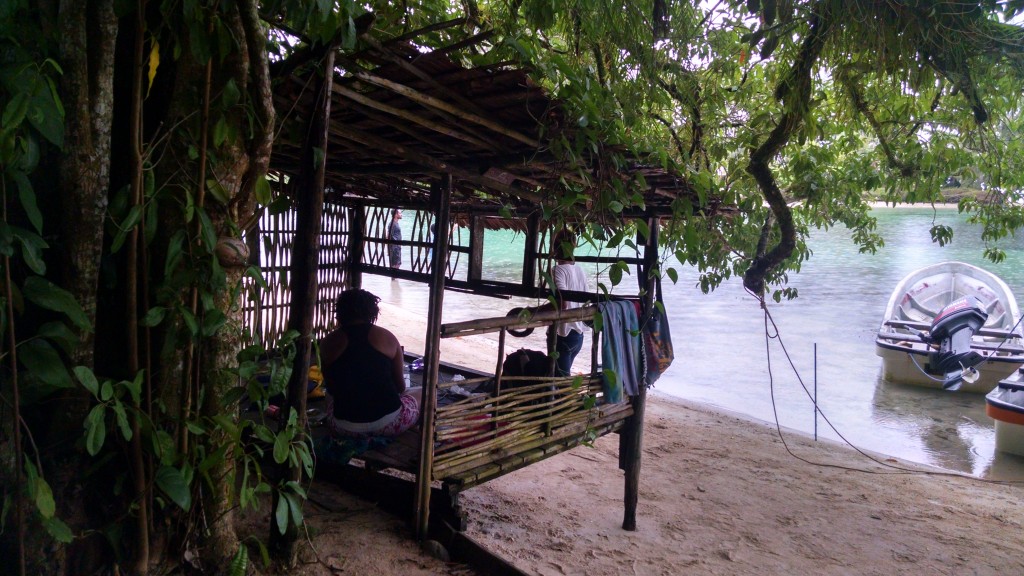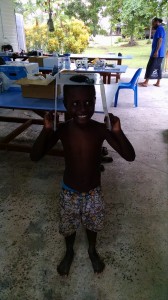Note: we’re home after an exceptional 3 weeks of work in Papua New Guinea. Sadly, the course was so intense that we weren’t able to produce updates during the program. Instead, please accept these time-shifted updates from #ROV2PNG.
After more than a week of building robots, developing research proposals, presenting and defending their proposals to the class, and refine their methodology, it’s finally time to enter the field, sending our small fleet of robots out to explore marine ecosystems around Kavieng in New Ireland Province.

The fantastic student projects include: a survey of hard coral coverage around Nago Island to assess reef health; an assessment of garbage dumping around the Kavieng marketplace and other related areas; a test to determine if the electromagnetic fields of the OpenROV might attract sharks; a study of seagrass distribution and abundance of related seagrass species; a survey of seastars around Nago and Nusa islands; and an assessment of commercially important sea cucumber species in Kavieng Lagoon. All in all,an impressive array of diverse and challenging projects.
And these projects were challenging. Students weren’t just learning new fieldwork skills, they also needed to master flying the ROVs. Navigating through the rough surf, maintaining a straight and stable heading, controlling depth, recording video, watching for passing boats, and taking copious notes were all required of these 3 to 5 person teams.

They rose to the challenge, fixing robots in the field, adapting their sampling design to account for changes in the weather and unforeseen obstacles in the sea. The robots were not without their own problems. One robot flooded and needed a rebuild, others lost access to their IMUs (the internal sensor bank which feeds environmental data to the operator), some got tangled and needed a manual rescue. But after 3 days of heavy use, all six ROVs returned battered, but functional.
We ended class on the last day with student presentations. Each group presented their results, an impressive display of tenacity, teamwork, curiosity, and adaptability, the heart of what field science is all about.